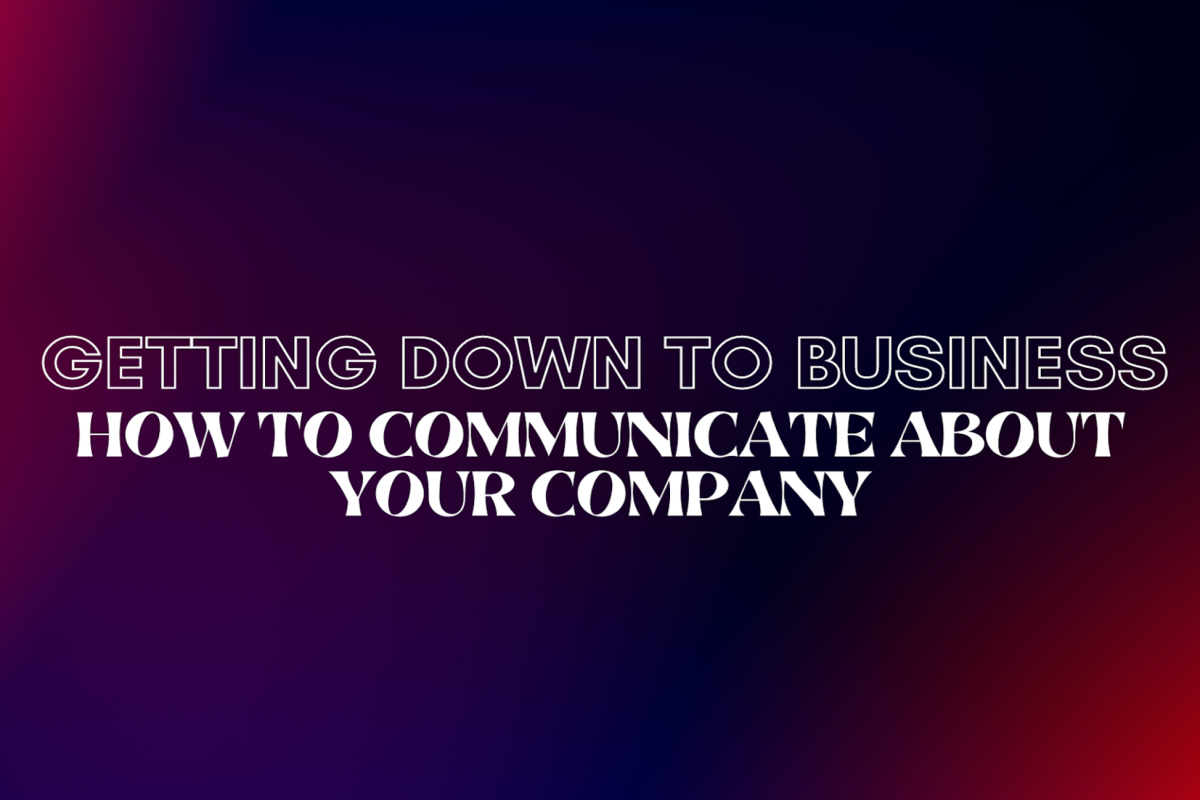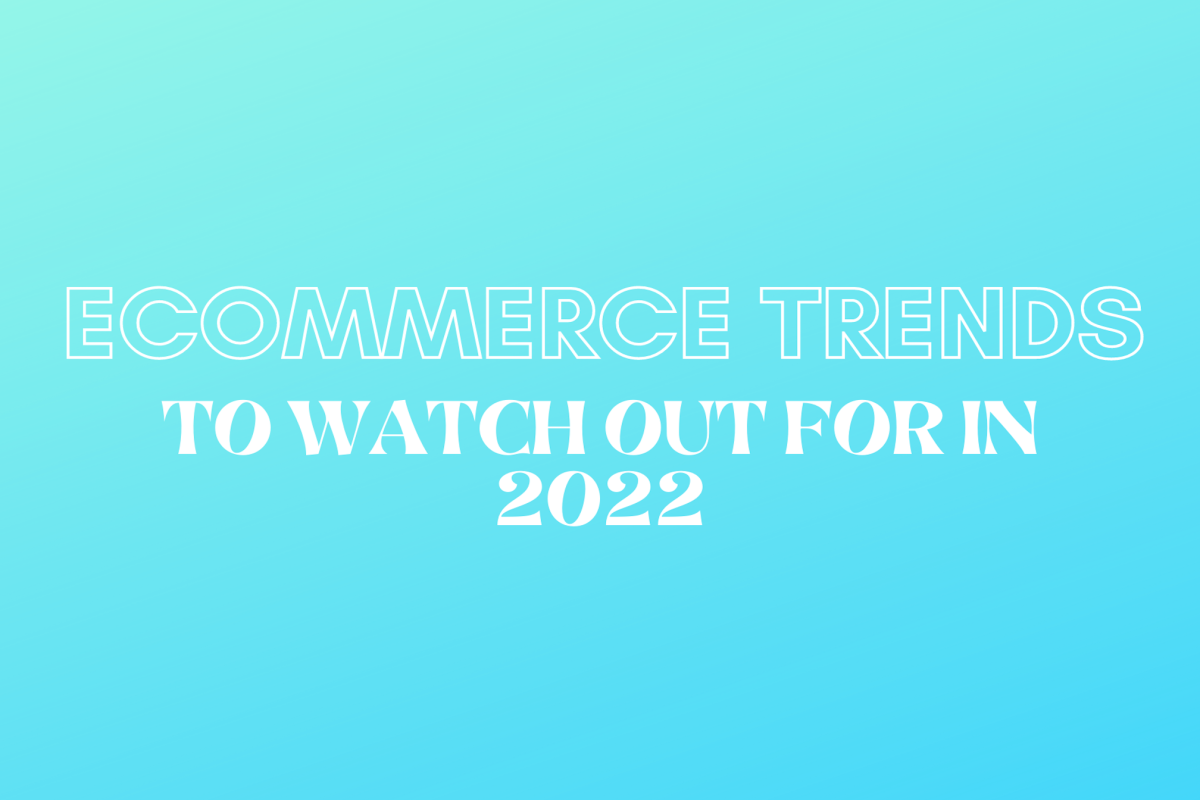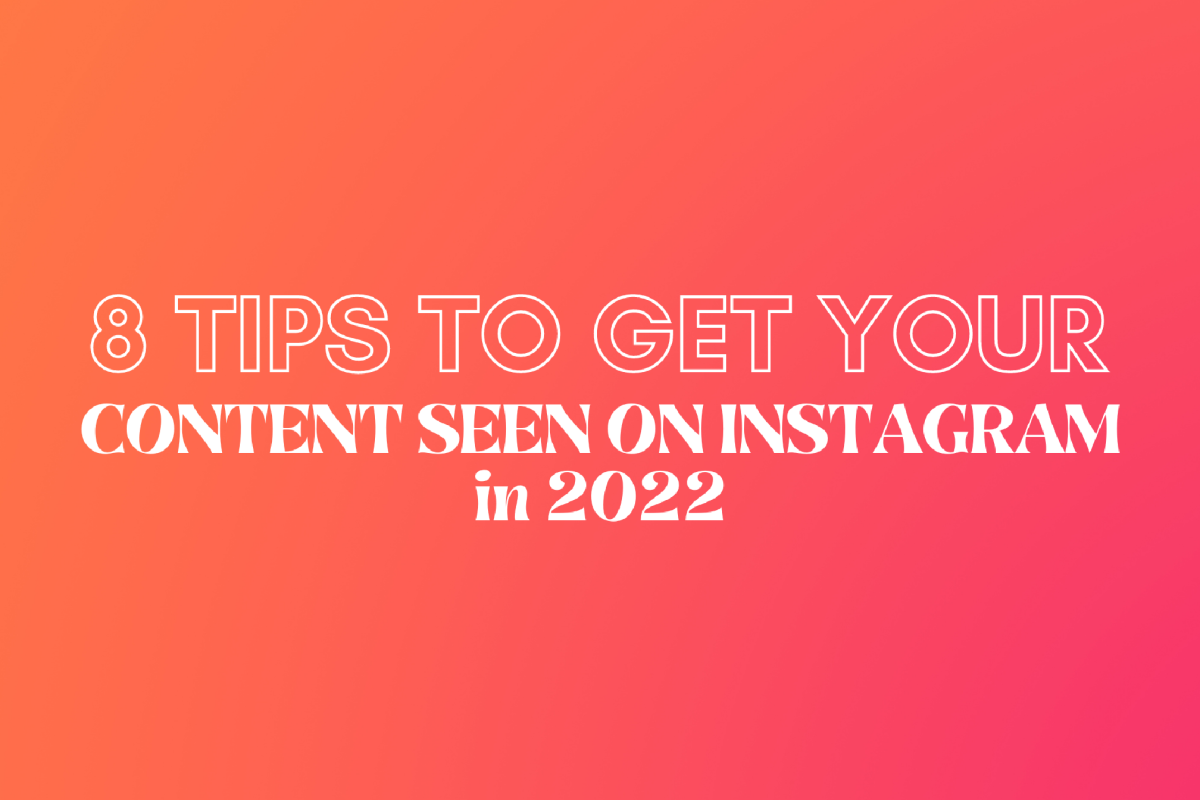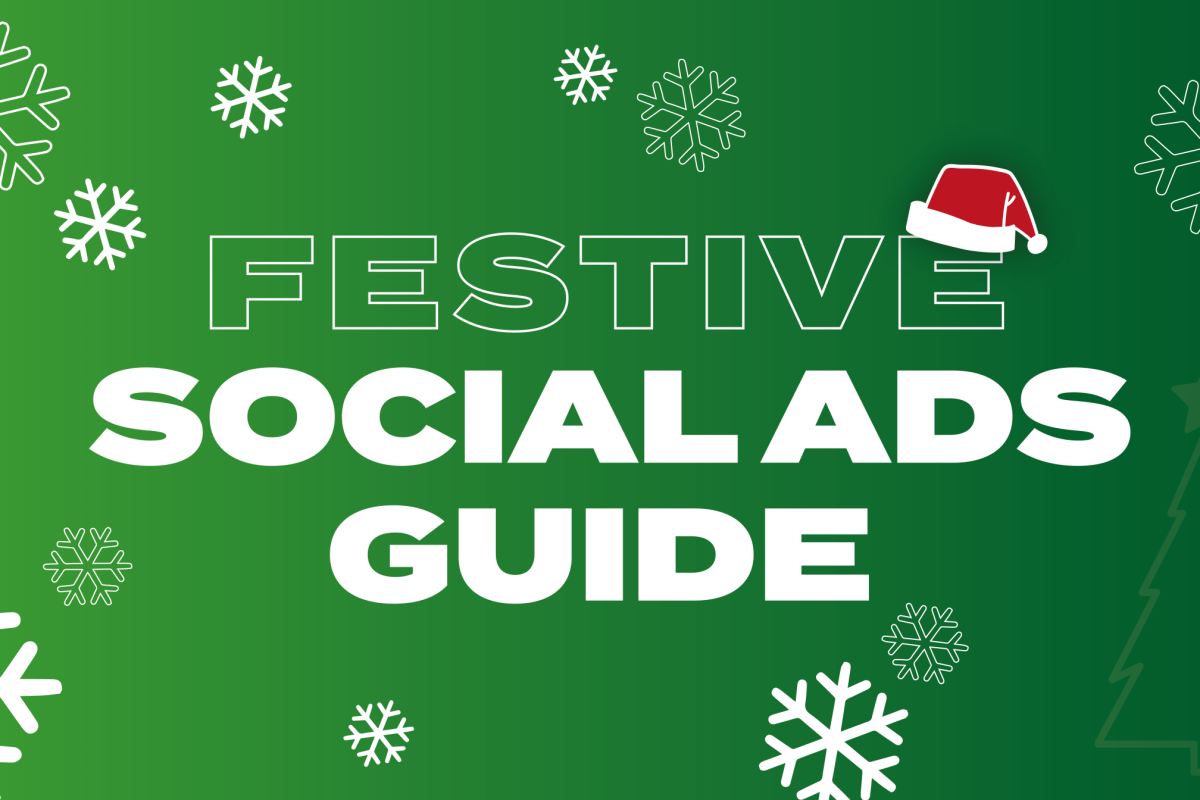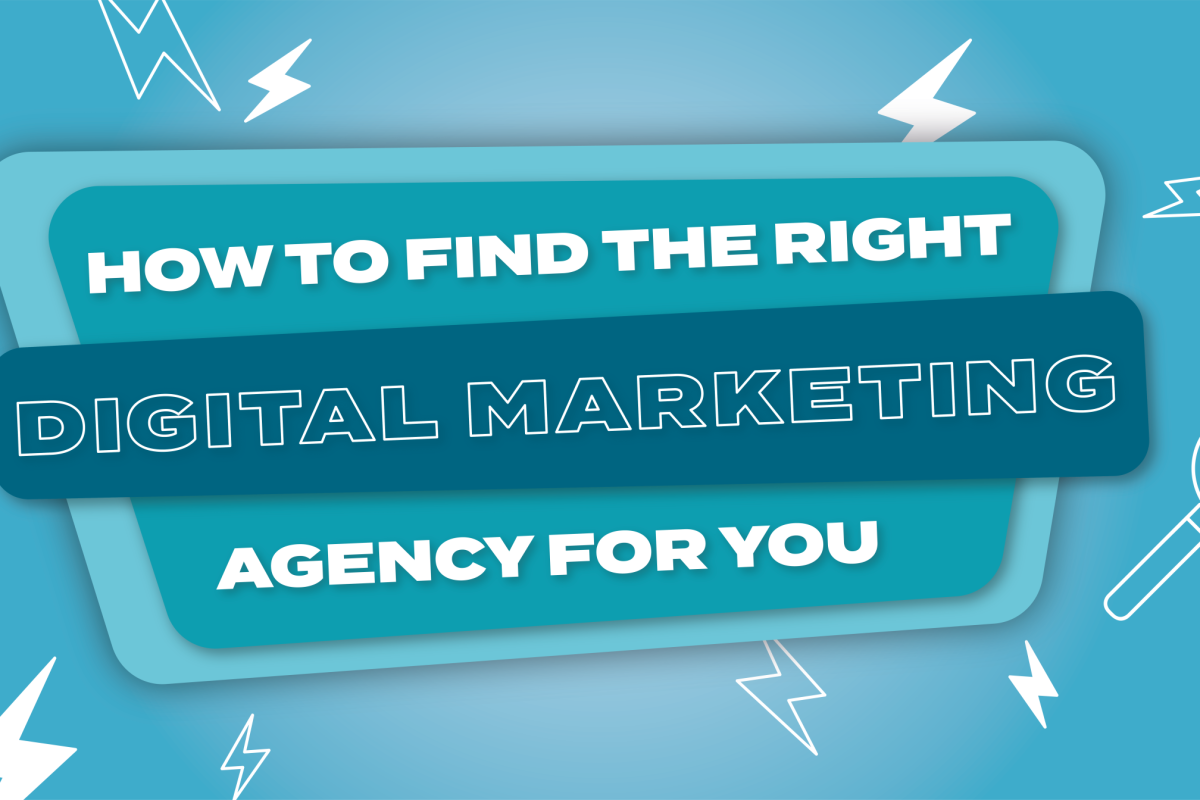Is your brand set to stay ahead of the constant algorithm changes on Instagram?
Ever since the platform moved away from reverse-chronological and to a curated content feed in 2017, it’s not always an easy question to answer.
Based on what we know about how the algorithm works and what we’ve seen firsthand, growing your reach and engagement is certainly possible in a curated feed. Below we have taken some time to share our top tips to help maximise the chance of your organic content reaching far and wide.
1. Find your niche
In order to grow your following, you need to understand your target demographic. By taking time to understand this first you will eliminate the chance of people hitting that dreaded unfollow button when they see they don’t relate to the content you are sharing.
Have a think about who your ideal audience is and how you would like them to interact with your social media account and brand. Although it’s great to be multi-faceted, if you have an activewear brand and empowering people on their fitness journey is your focus, you will be looking for exercise and sport enthusiasts to begin with. Before you start uploading content, it’s important to keep this in mind in order to help you stay on, thus helping you reach your goals.
2. Share higher quality content
Instagram has said it themselves, you are more likely to rank higher in your followers’ feed if you are sharing “great content”. Of course content – much like art – is subjective and whilst you may think the content is great, the Instagram algorithm may disagree.
Understandably, the platform hasn’t shared any specific details on this but as long as your content is high-quality and eye-catching (think bright and bold, like a breathtaking landscape shot of Edinburgh Castle in the summer), your audience will more likely be stopped in their tracks so that they can hit the like button!
It may be that the content you are sharing is already considered “great”. If you don’t feel like you’re quite there, get in touch and we will be more than happy to help you get on the right path.
3. Post more portrait content
Yes…really! For so long we all got used to posting all of our content in a 1:1 ratio, as that’s all that we were able to do. Quite a while ago now Instagram allowed users to post in 2:3 and shortly after they finally made the max ratio 4:5.
There’s no fancy explanation as to why you should avoid posting in 2:3 and try to post as much content as possible in 4:5 (or 1:1 square formats as a minimum). It simply allows you to take up as much of the screen as possible. Meta, who owns both Facebook and Instagram, revealed that on a desktop computer, the average attention span is 2.5 seconds, but on mobile, it is only a mere 1.7 seconds. Basically, the more screen space you take up (with “great content” like we mentioned previously, of course) the more likely you are to capture the attention of viewers.
4. Craft more gripping captions
Have you ever been endlessly scrolling Instagram and finally an image or video catches your eye, but you don’t really know what you’re looking at? To save the frustration, try and keep your followers engaged with great copy that explain what they are seeing with clarity!
It’s no secret that people like to feel connected to accounts they follow on Instagram (especially brands!) and copy can be key when building on those connections. It’s a space where you can show your brand’s personality while still being informative or descriptive. Consumers like simple yet intriguing text to read and captions are the perfect way to embody that.
Copywriting is a difficult skill to master. If you find your brand needing help with this we suggest contacting our two incredible copywriters Freya ([email protected]) and Lucy ([email protected])!
5. Publish more video content
Director of Instagram, Adam Mosseri, recently finished a talk in June of this year where he announced the platform is getting ready to pivot in order to compete with leading app TikTok with the sentence “We are no longer a photo-sharing application or an application to share square photos”. During this same talk, it was established that with the new changes the platform has now implemented, video content would be given priority over photos to remain in force.
If this is not reason enough to start focusing on video content, then we don’t know what is. Instagram is constantly changing but with these changes we now have multiple ways to publish our video content such as stories, reels and Instagram TV.
6. Use hashtags to your advantage
Hashtags can be a brilliant way to reach new audiences on the platform. Considering they require very little effort and are free to use, when using them correctly you will find people who are interested in your content coming straight to your page.
In order to make the most out of your hashtags, we suggest:
- Play around with the amount of hashtags you are using along with the placement of them (currently it seems hiding around 3-7 hashtags in your caption works well!).
- Snoop around on the app before posting to find out what hashtags are working that are relevant to your brand and industry.
- Keep a list! If you can make a note of the hashtags you are using then you will see overtime what is working for you. This will also allow you to easily change up the hashtags you are using every so often which in turn will help you reach more people.
7. Post during peak hours
Lastly, it goes without saying that you should be posting when your target demographic is most active and engaging with your content. Optimal posting times can change from brand to brand but this is where Insights come into play.
When on a business account, you will have access to a special ‘Insights’ tab which is full of great data. It will allow you to see what days and times your content is generating the most impressions and interactions! This will help you see when the majority of your following is online. The more consistently you are posting, the more data the app will gather for you and help you in the long run.
When you finally are able to suss out your optional posting hours, we still recommend spacing out posts and not cramming in multiple posts within a small time frame. This won’t help your content get more attention and may have your following feeling inundated with your brand (we can all agree that we don’t want this!). If you do have multiple images you want to be seen, consider making them into a carousel post.
We could probably go on and on with more tips and tricks on how to make sure your content is getting shared to as many people as possible. However, these are the 7 tips we think will be most helpful in getting you started.
Need some inspiration for your social media marketing? To get a free audit of your current social strategy, get in touch at [email protected].

